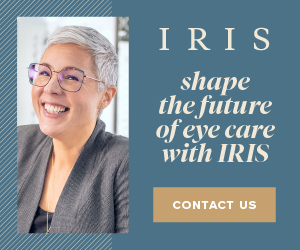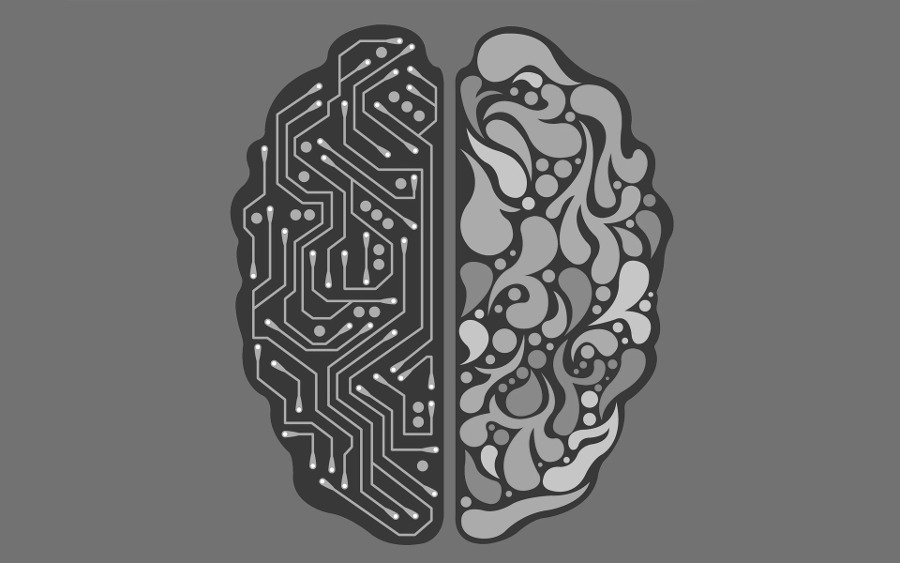
Artificial intelligence is a branch of computer science that uses various techniques that aim to mirror human intelligence. One AI technique is machine learning, which relies on vast data sets to learn and predict results without human intervention.
Artificial intelligence has slowly made its way to optometry as well. It is unlikely that AI will ever replace an optometrist but it does have the potential to ease many aspects of their jobs.
This doesn’t mean that robots will be running around in our healthcare facilities; rather, AI focuses on a large amount of patient data to give insight into diagnosis and treatment methods.
Let’s look at how it has the potential to change an optometrist’s practice.
Streamline Management
Software is coming to the market that provides autonomous management of tasks related to patients. Repetitive tasks like scheduling, billing, and follow-ups can be done on the fly and updated in patient records as new information is received.
This improves organizational productivity for many optometry practices, making them more efficient leaving more time to focus on patient care.
Early Detection
One of AI’s advantages is that it can process vast amounts of data more quickly as a computer is doing most of the legwork.
This especially comes in handy when processing optical coherence tomography (OCT) images, retinal images and dry eye. It can look for patterns within these images that optometrists might miss because of the subjective nature by which these images are analyzed.
Diabetic Retinopathy
Machine learning can monitor these images over time and see if any changes are occurring that lead to eye diseases that manifest progressively.
FDA-approved AI systems are already appearing on the market that analyze fundus photography to detect elements of diabetic retinopathy such as hemorrhages, aneurysms, and other lesions.
It can detect these changes early on, leading optometrists to formulate a health plan with the patient. Additionally, this system requires minimal training and can outperform humans.
Glaucoma
Technology to detect other ocular diseases such as glaucoma by fundus photographs, optical coherence tomography (OCT), and visual fields is currently in its early stages.
AI is beneficial for open-angle glaucoma cases where symptoms don’t typically exhibit themselves. Since glaucoma can’t be cured, early detection may help manage the disease to prevent it from getting worse to the point of severe vision loss or blindness.
Dry Eye
There is also new AI technology emerging in the dry eye arena.
When it comes to talking to patients about their dry eye disease, a picture is worth a thousand words. Conversations become easier when you can show a patient an image of their ocular surface. Suddenly it all clicks (pun intended).
AOS is one company that takes it a step further with innovative technology. The platform automatically grades an image for Bulbar Redness, Injection and Lid Redness. In Staining mode the software counts punctate of a fluorescein image. It can also convert a fluorescein image into 2D and 3D which brings a real wow factor.
The images show patients proof of their condition and the analysis provides context. It’s much like the difference between stating a fact and telling a story.
We can now give meaning to symptoms felt and seen in the eye. And it’s especially useful for assessing progress during follow up appointments. Lower redness numbers or lower punctate counts tell me and the patient we are on the right track.
AOS analysis improves patient education which helps boost compliance. Better compliance leads to better outcomes and that leads to happy, loyal patients.
Reduce False Positives
False positives occur when a test result shows that a disease is present when it is not in reality. Here AI can help as well.
By looking at vast amounts of medical data regarding symptoms that a patient presents, AI can predict the likelihood of a disease or condition being present.
As a result, patients can save time by avoiding unnecessary consultations with their optometrist or an ophthalmologist and save money on unnecessary medications.
In Optometry and Beyond
Artificial intelligence is showing its potential in many medical fields other than optometry, including oncology, dermatology, pharmacology, and genetics.
Though still in its infancy, improvements in this technology will help doctors verify their diagnoses and interpret data faster independently.
This does not mean that a doctor’s work will become redundant, as AI algorithms are not yet 100% accurate. There will cases when a doctor’s insight will be invaluable in diagnosing diseases.
Consider AI a tool to benefit the health care provider and the patient.

MARIA SAMPALIS
is the founder of Corporate Optometry, a peer-to-peer web resource for ODs interested to learn more about opportunities in corporate optometry. Canadian ODs and optometry students can visit www.corporateoptometry.com to learn more.














